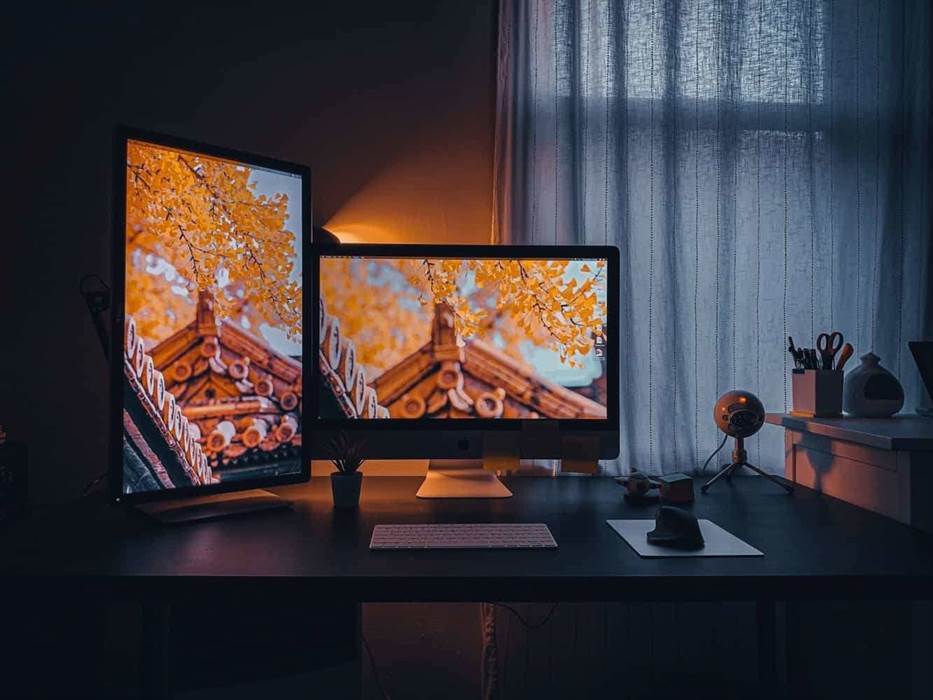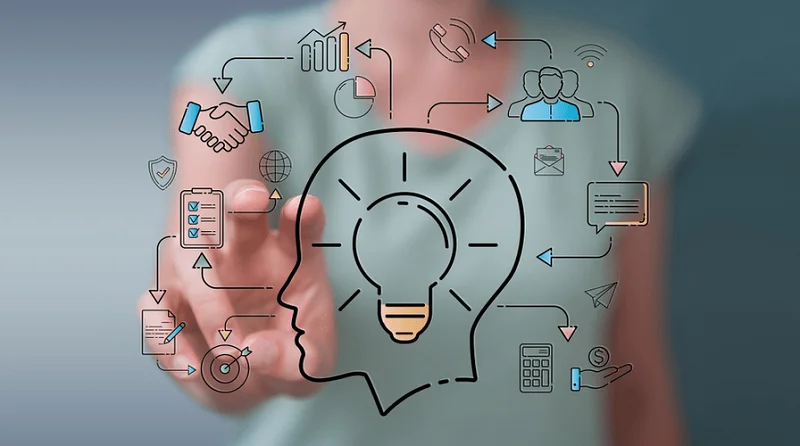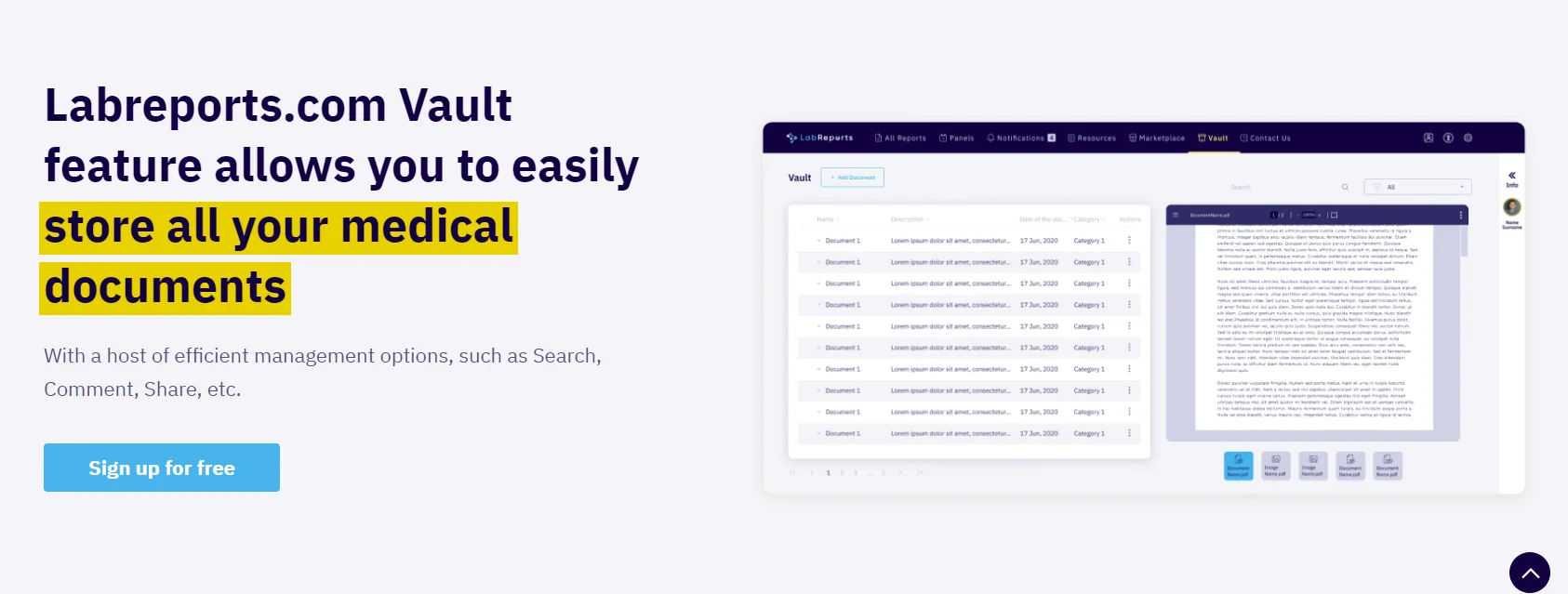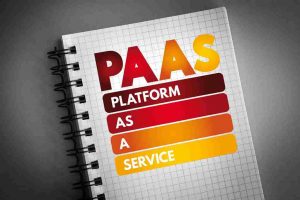Universities and colleges constantly have to invest in the most up-to-date equipment for their students, such as lab apparatus, medical appliances, chemistry sets etc. Recruiting students is a competitive business and campus tours are an essential part of the process. Not only can it become expensive for the prospective student, it’s also time-consuming for them and their families.

However, the results are different in those items in which visualization was essential. Students in the control group obtained a learning gain in the range considered low, and for students in the experimental group, their gain was still in the middle range. This evidence that the VR technology used in vectors helps students better understand some content in which visualization is an essential tool and has no effect on other types of content. In this experimental study, we used PC-powered VR equipment, each one with two controllers to interact with the virtual environment.
For what education purposes does VR education work best?
Teachers can conduct the course much more conventionally in an immersive classroom. While still able to gaze around and explore the virtual environment, the pupils can comfortably learn without feeling confined. In addition, children with special needs could benefit greatly from VR technology by replicating what they learned in a remote environment in the physical world. These cognitive abilities among others, such as determination, highly contribute to academic performance.

In fact, studies show that VR is more effective at engaging children from today’s generation. Further, it can also positively affect learning performance, emotions, and engagement when compared to traditional instruction. AR and VR provide new angles for learning that, with proper integration, can enhance student experiences. They can also help to bring concepts to life with stunning visual displays.
Supervise and Moderate VR Use in Classrooms
It makes learning more meaningful and upgrades it from being a mere practice of sitting in front of a computer into an activity of immersive learning experiences. With K-12 schools being underfunded by $150 billion annually, VR technology allows all students to participate in learning this crucial area of study. They practice medical procedures in virtual reality environments before conducting them for real. This works out to be far more cost and space effective than providing these facilities and scenarios for every student. With small budgets this often means students are sharing equipment with several other students, limiting the time they get to learn on the equipment.
- Virtual reality makes learning accessible to people with disabilities or those in remote areas by allowing them to explore and experience learning more efficiently and in different ways.
- That process was disgusting for us, and was pretty awful for the frogs, too!
- This accelerated learning process allows students to progress more rapidly and efficiently, making the most of their valuable time.
- Another VR advantage is the comforting semi-anonymity that avatars afford.
Some of them involve military training, the medical industry, and so on. Virtual reality has made it possible to tailor our imaginative worlds to real ones. It lets us capture the imaginary senses, watch, feel, hear, and even experience things that never really exist in reality.
Ensure Ample Physical Space
According to Benjamin Lloyd, a teacher at Highland Park Middle School, the students that have had the opportunity to learn using VR have even come to school early to engage in the technology and learning materials. These include disrupting real-life human connections in live social settings and posing the risk of https://www.globalcloudteam.com/ ‘addiction’ to spending time in virtual spaces. As with any technology, there may be malfunctions and high costs related to purchasing and maintaining the needed hardware and applications. In immersive learning, theories can be visualized, and you can interact with large data sets and simulate various scenarios.

Parents can take their children anywhere around or inside the world, in outer space, or even back in time. Google Expeditions, for instance, can let you explore various famous destinations. AirPano is an excellent app for taking a virtual journey around the world. The Titans of Space is a what is virtual reality in education perfect VR app that takes you around the solar system. With the Timelooper app, you can enjoy interactive visits to places and times of long ago. In Mondly’s VR worlds, you can have real conversations with real people, making your language learning more powerful and more likely to stick.
Know When to Use VR in the Classroom
But how can teachers set up their classrooms to maximize the benefits of VR in education? Innovative teacher education programs like American University’s Master of Arts in Teaching help graduates become forward-thinking educators who can inspire students through technology. The program’s focus on preparing graduates with the skills to deliver education using a multidisciplinary approach is especially helpful. Often, teachers are thrust into classroom settings right after earning their undergraduate degrees.
Furthermore, three-quarters of the learners surveyed said that during the VR course on diversity and inclusion, they experienced a wake-up-call moment, realizing they were not as inclusive as they initially thought. This demonstrates the power of VR in creating transformative learning experiences that capture and hold students’ attention. Virtual reality provides real-time feedback, enabling learners to assess their performance and adjust their approach as needed. This instant feedback loop allows students to identify areas for improvement, refine their skills, and ultimately achieve better results. Language differences can create inequitable access to learning, but AR/VR in education transcends those barriers. AR/VR technology offers language translation for students who may not understand the material.
Exceptional Ways Educators Can Use VR For Online Teaching
They can sit in the classroom with their actual teacher while using AR/VR to translate the lesson and even participate in classroom discussions. VR and AR education statistics show that equipment is already in most classrooms, but the comfort isn’t. In a report from Statista on the demand for VR services by industry, almost 80% of teachers have access to VR devices, but less than 7% use them.

Platforms like Immersive VR Education and Nearpod allow teachers to develop lesson plans with VR and AR technology. Growing evidence suggests that AR and VR in education, as well as the combination of both technologies known as mixed reality, can improve student outcomes, too. For example, in a March 2019 report, EdTech cites a study showing that students in a mixed reality biology classroom received higher scores than other students. And AR and VR can help with memory retention and recall, as well—EdTech reports on a recent study that shows an increase in retention of almost 9 percent for students who learned in an immersive environment such as VR. But state-of-the-art labs where so much hands-on STEM learning takes place can be difficult and costly to access. Labster democratizes the process with virtual lab environments for more than two dozen course packages, including high school physics, biosciences for nursing, animal physiology, advanced biology and engineering.
Emotional Connections to Learning Content
VR is an immersive technology that allows users to enter a computer-generated environment, transforming the way we learn, communicate, and interact with information. From healthcare to corporate training, VR has demonstrated impressive results in various domains, and education is no exception. In this article, we will explore how VR is revolutionizing the educational landscape, making learning more engaging, efficient, and effective.




